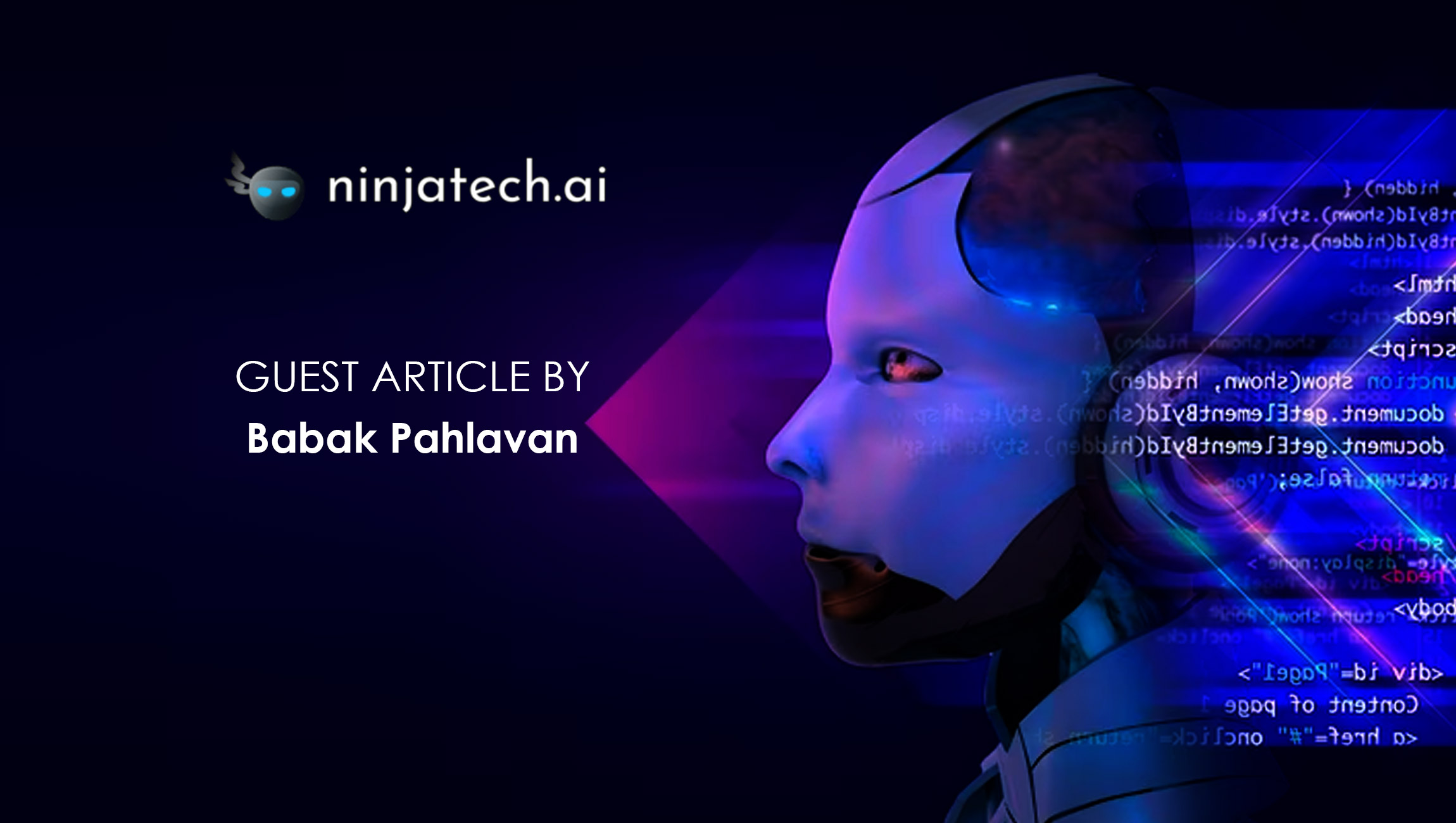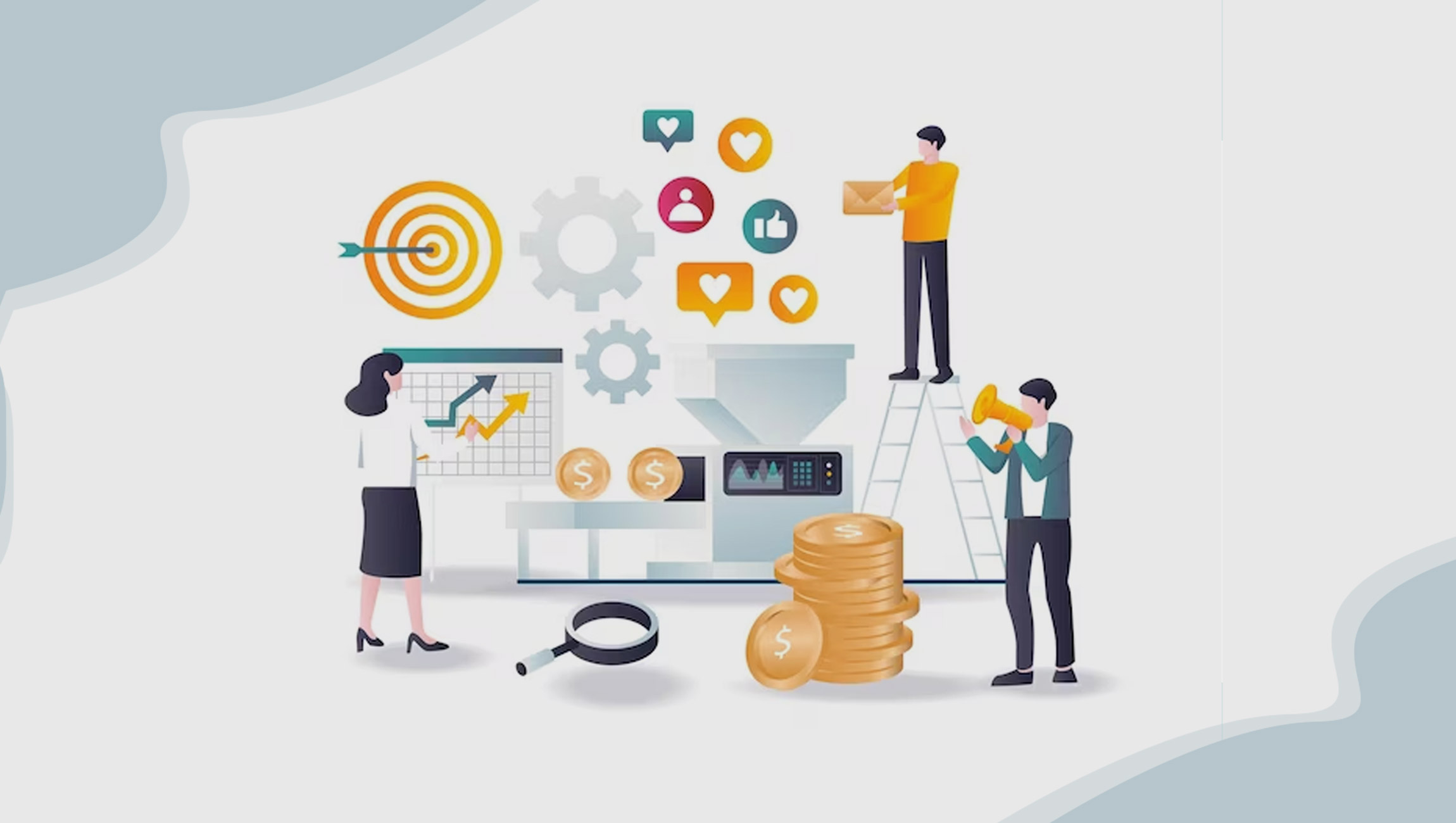Within the next five years, you’ll interact with computers by simply having a conversation with AI.
Even with great UIs, we are taking on a big cognitive load to interact with computers
On an average day, we interact with dozens of user interfaces and don’t even realize it. Whether it is setting directions in Google maps, booking a taxi or Uber, looking at new home listings, booking a flight, withdrawing cash from an ATM, paying your bills online or texting your friends… you’re constantly interacting with UIs. In most cases, at least a few of these UIs are being learned on-the-fly. For example, maybe you visit a new ATM from a different bank, you decide to try Redfin instead of Zillow, or your mobile operating system goes through an upgrade.
We’ve become relatively numb to these constantly-evolving UIs, and have simply come to accept this as a tax for interaction with computers to get things done until an anti-productive threshold is crossed. A good everyday example of this tax is with self-checkouts at grocery stores. If you’re like me, I tend to avoid the self-checkout unless I only have a few simple items with easy-to-find barcodes. With a large and more complex basket of groceries — particularly items like produce that need to be weighed – these UIs cross a tax threshold where we’d prefer to wait for an associate to help us check out even if it means waiting longer in the line. There are too many permutations, menu selections and steps in the UI that ultimately require the user to request help. Put simply, the UI is far too clunky for anything beyond a simple use case.
User Interfaces enable a user to interact with a program or computer, in as simple or effective a way as possible. We’ve seen UIs and input tools evolve over the years, from command-line interfaces, to character-based interfaces to graphical user interfaces (GUIs), as well as mouses and keyboards. Each UI advancement has lowered the friction and increased the human operability with computers, but these advances have also come with increasing UI fragmentation. This fragmentation has created the requirement for humans to learn changing UIs in their everyday lives. Put differently, we’ve learned to cope with an unnatural method of interacting with computers and have simply accepted this cognitive load in exchange for the benefits that computers provide. But what if there was a more natural way to converse with machines?.
Generative and Conversational AI is changing our interaction with computers
Conversational and Generative AI are revolutionizing the way we interact with computers; they are pushing us from traditional UIs towards a much more natural and intuitive form of communication – conversation. AI is creating a new layer for users to interact with computers that will eliminate the need for self-directed graphical user interfaces. Similar to how I previously ordered at Shake Shack with a human at the counter, I’ll simply speak to an AI Agent that will take my order using the same language I’d use with another human. We’ve already seen examples of this at Wendy’s and other chains, but food ordering is just one small use case. AI technology evolution and its rapid consumer adoption will result in traditional UIs largely disappearing in the next five years. You’ll simply speak directly with AI agents to complete the tasks that you need completed, and it will feel incredibly natural.
Imagine going to a concert, where the entire experience is curated by an AI Agent. The agent would research, find and book the optimal tickets for your price range, it would choose your seats, order your Uber to the concert, provide you with the options with which to order food to your seat, and you could tell it to refresh your beverages when you’re ready. All of this would simply happen through conversation. This isn’t science fiction, this is now possible, and the benefits to consumers are limitless. Whether it is leveraging these experiences across retail, travel, restaurants, or even within businesses to do administrative tasks – AI agents will conversationally get things done for us in the very near future.
Marketing Technology News: MarTech Interview with Celia Fleischaker, Chief Marketing Officer at isolved
AI Agents can be personalized and dynamic
The latest advancements in Natural Language Processing (NLP), coupled with the smaller finely-tuned Large Language Models (LLMs) that are fit-for-purpose and the immense increase in computing horsepower, AI Agents will quickly become adept at interpreting and responding to our queries, providing accurate and relevant information in real-time. This will be possible in multiple languages, and contextual awareness will be powerful. This conversational AI paradigm will simplify user interactions with computers, and it will lower the barrier to adoption relative to traditional interfaces, making technology more accessible to a wider range of users. Whether it is “information assistants” or “task assistants,” tasks like researching and summarizing information, booking appointments, or even controlling smart home devices can now be effortlessly accomplished through a simple conversation. Our AI Agents will learn the preferred temperatures in our home, and will pre-set them for us, you won’t need to program your Nest anymore. When ordering groceries, you can ask your AI Agent to come up with recipes based on your preferences, and it will populate a shopping cart autonomously for you to review and then place the order for pickup or delivery. You don’t need to interact with a UI, just an AI Agent.
Like all new technologies, it will start small and accelerate quickly
The velocity of AI adoption is eclipsing any prior technology in human history. ChatGPT famously acquired 100 million users in under three months; the nearest comparisons are viral social media companies TikTok and Instagram, which took nine months and 2.5 years, respectively, to achieve the same milestone. From a business perspective, we’ve seen an incredible rise in the mention of AI on earnings calls, as well as the follow-through on CapEx for investment commitments to AI. Perhaps most importantly, the distribution technology already sits in the palms of our hands, and the barrier to interacting with an AI Agent is considerably lower than a traditional UI.
The most likely entry point will be companies adopting AI Agents into the consumer value chain in the next 1-2 years, which will touch the consumer experience (see Priceline’s latest AI Agent for booking accommodations). Within 3-5 years, we anticipate these Agents will rapidly take over the customer experience value chain, and traditional UIs will start to disappear. Concurrent to this adoption, we’ll also see the rise of Personal AI Agents just like the ones we are working on at NinjaTech AI – the real fun will start when your personal AI agent interacts with another AI agent!
Marketing Technology News: Customer Marketing as we know it is changing – here’s what to do about it











